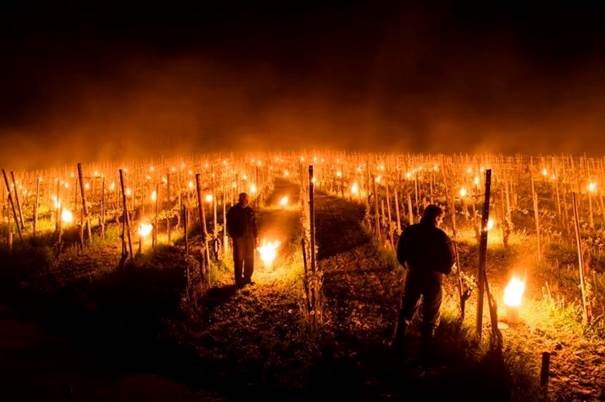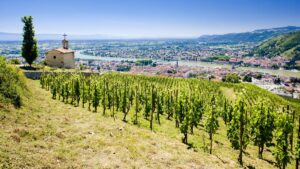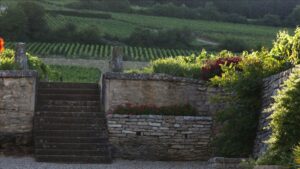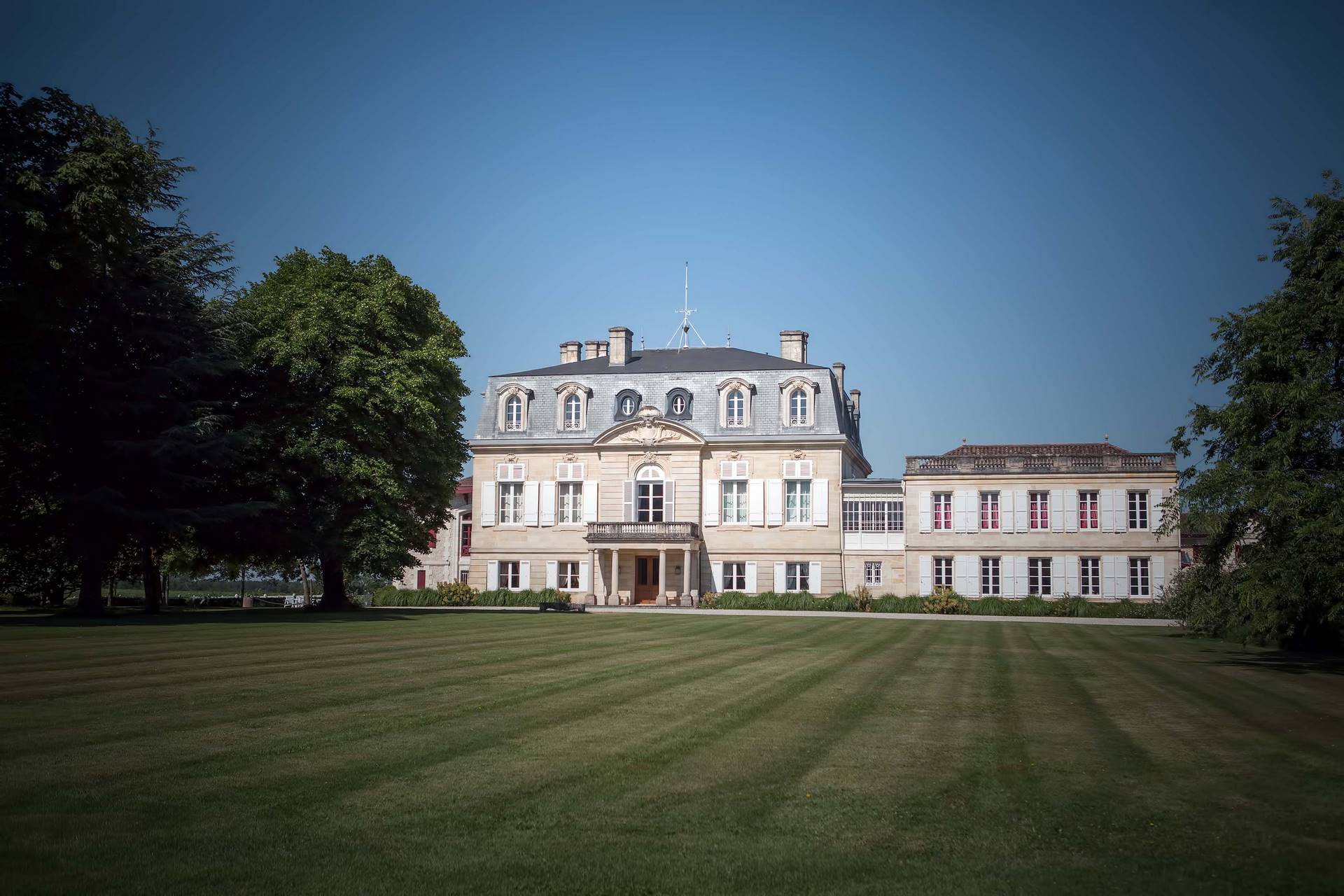
To cross the threshold of the vast domain of Pontet-Canet is to step into a singular spot within the world of Bordeaux’s grands crus. There’s something enchanting about the place, with its equine inhabitants and a deep sense that nature has been given space to flourish. Indeed, the 81 hectares of this 5th growth have been cultivated biodynamically for twenty years already. Each step of the way, from vine to bottle, shows evidence of thought and experience. Once in the glass, we find brilliant results, as Pontet-Canet’s wines carry an incredibly purity, a silk-like texture on the palate, and a rare depth.
300 years of history
The story of this château began at the brink of the 18th century, when the property was established by Jean-François de Pontet, a Médoc governor at the time. He acquired some land to the north of Pauillac in 1705 before taking charge of the lieu-dit Canet in 1757…hence the adoption of the name Pontet-Canet for the estate. Within its first century, the domain gained renown and success, being bestowed with a place in the famous 1855 Grands Crus Classés du Médoc list, a ranking that continues to exist and hold sway to this day.
A decade after this crowning achievement, the keys to the estate were handed over to Henri Herman Cruse, a big name in Bordeaux trading. He had a head for pushing innovation, and gave Charles Skawinski the responsibility of building a new and ‘revolutionary’ winery. Herman Cruse went a long way to establishing the renown of Pontet-Canet’s wine across the globe, propelled by an extensive network and a firm belief in the estate’s produce.
Pressing on to 1975, Pontet-Canet was given a new owner: Guy Tesseron, a cognac trader. Working at the estate for twenty years with his son Alfred, the latter was then fully entrusted with the viticultural treasure in 1994. Precision and understanding in the vineyard became the driving forces behind Alfred Tesseron’s life work, insisting on the individuality of each terroir. His brother Gérard played an important role during this period, too, and the new generation is led by Justine Tesseron. Justine joined the estate in 2015, determined to carry on her family’s excellent work.
Colossal work in the vineyard
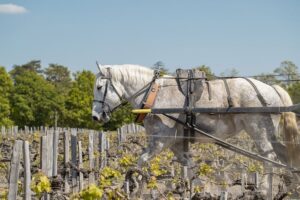
Pontet-Canet combined its practices with its philosophy early on in its journey, a veritable pioneer in biodynamics at a time when such a concept provoked mistrust and even strong opposition at its very mention.
This particular path was forged by a man named Jean-Michel Comme, director of the domain from 1989. He convinced Alfred Tesseron to try out biodynamics on 14 hectares of Merlot, and just a year later the entirety of Pontet-Canet’s vineyards were converted. In terms of official labelling, it was in 2010 that the domain was crowned with organic and Demeter certificates, the latter being the international organisation for biodynamic agriculture. Such fundamental work in the vineyards, removing all traces of chemical intervention, was like constant vigil over all that lived on the land, getting to know it in order to understand it. Years of experiments and experience gave the vignerons a deep knowledge of their vineyard, weighing up the balance needed for the vines and their fruit to flourish, the raw materials necessary to craft a fine wine.
This same process saw tractors replaced by a team of ten horses, a shift that avoids packing the soil down and allows for the protection of the older vines. The magnificent animals are used to spread biodynamic preparations among the vines, preparations that have been concocted on site thanks to the variety of plants grown there. Respect for the earth beneath the vines, and respect for the Earth that nourishes them; these are central to the work carried out by Château Pontet-Canet. In their biodynamic spirit, the vintners here aim to accompany their plants, not restrict or control them.
Minimalist vinifications
Three different kinds of vat are used to craft Pontet-Canet’s beautiful wine: the 19th-century one imagined by Charles Skawinski, the concrete ‘Nicole’ vat that dates from 2005, and the ‘Amphore’ that was created in 2017, a vinification vat made without any electricity so as to avoid contact between the wine and electrical waves. The terracotta containers are also directly linked to the earth, as this lowers the impact of any electromagnetic energy.
Since 2017, each bunch of grapes has been destemmed by hand above the vats. Once this rigorous task is done and the grapes begin their transformative journey, the idea is to intervene as little as possible. The importance of retaining the fruits’ purity cannot be understated. As for maturation, half of the wine is aged in new casks, 10 to 15% in one-wine casks, and the remaining 30 to 40% in amphora or concrete. This vinification process is simple and involves very little intervention, but it is nonetheless carried out with a mastery that produces clear and precise cuvées.
Jean-Michel Comme, our biodynamic bordelais, brought about much success to Pontet-Canet during his thirty years at the estate, and he said his goodbyes to the winery in May of 2020. But his legend lives on, and we know we can count on the vast experience of the Tesseron family and their teams to carry on producing fantastic wines, as well as their new leader Mathieu Bessonnet. He has stepped up to the plate (or the vat, maybe), proving his talent with the quality of his 2020 and 2021 vintages when these were tasted en primeur. An advocate of biodynamics, Bessonnet has made a name for himself at Maison Chapoutier, where he has been in charge of some of the Côte-Rôtie’s most precious parcels, and he seems to have adapted well to the Médoc. This shouldn’t be a surprise, as this is really a homecoming for the Pessac native. We wish him all the best as he finds his feet and takes the next steps at Château Pontet-Canet.

